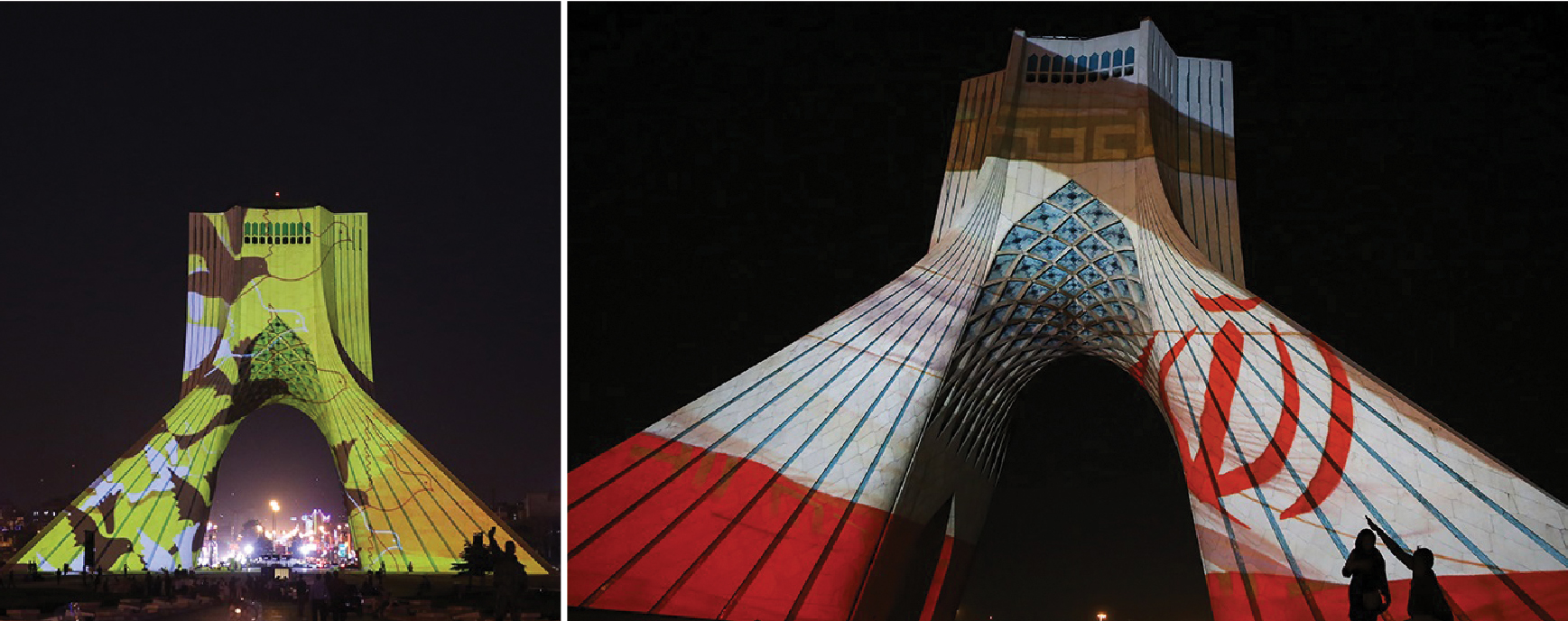Kourosh Hajizadeh’s Tokyo Music Hall won the award for best public sector design in the Middle East Architect Awards 2015.
The prolific architect, earlier conferred the Middle East Architect of the Year award in 2013, has earned praise for taking “a localized and social approach in his designs.”
“I wanted Tokyo Music Hall to be useful to all citizens even without being inside the hall,” Hajizadeh told the Financial Tribune, referring to other participants who preferred designing discernible buildings.
For him localized design is not using Persian architecture per se but meeting the needs of cities and their residents without disturbing the structure of urban spaces.
“I should make something useful, this is the goal of contemporary architecture,” he says.
Contemporary Iranian architecture is gaining appeal with eye-catching designs, he says. An alumnus of the Islamic Azad University, he believes that the new generations of architects are mostly trained in IAU.
“Most students at the IAU are from the middle class. At the same time, the need for instructors puts pressure on the university to employ younger faculty, which paves the way for development of non-traditional architecture.”
Green Tower
Hajizadeh and Associates also found notable mention in the commercial sector category for their Jordan Tower design. The project aims to create the tallest green scheme in Tehran by keeping various environmental, economic and social aspects in mind.
Disorganized development of Tehran has separated the city from the environment, he complains and that any green project in the capital should promote the importance of taking the ecosystem seriously.
Referring to the Nature Bridge in Tehran’s Abbas-Abad neighborhood as an example of green design, he maintains that although the bridge is beautiful, “it does not inspire the masses.”
Jordan Tower in surrounded by offices and “My work raises awareness about the importance of eco-friendly design.”
However, he admits that contemporary design is not feasible in Iran. “It does not make sense for a builder to use our designs as most of the materials need to be imported and services are costly.”
Construction technology is poor in the country, and most of the buildings are made traditionally, he says, and called on the government to offer subsidies for eco-friendly buildings that use modern technology because that can considerably reduce energy and construction costs.
Hajizadeh hopes that the lifting of sanctions will help improve local architecture with the use of foreign technology. “Foreign expertise will be mutually beneficial as they look for a new market and we benefit from their experience and technology.”
Training Programs
His company plans to conduct a joint workshop with a Kuwaiti-Spanish team, AGI Architects, at the University of Tehran’s Art campus which he thinks will initiate a trend in cooperation with foreign firms.
“Our training program will help shape public taste in the long term because it is the architect who should provide the best designs rather than merely pampering a customer.”
Hajizadeh, 40, has won various titles in more than 30 architectural competitions like the War Museum in Tehran, National Award, Isfahan University Entrance, Four Square House Design Problem, Azerbaijan Museum, Shams-e-Tabrizi Monument Cultural Center and Neyshabur Hotel & Commercial Complex.
The Architect Magazine has selected him as one of the “50 Most Influential People” in architecture of the Middle East.



